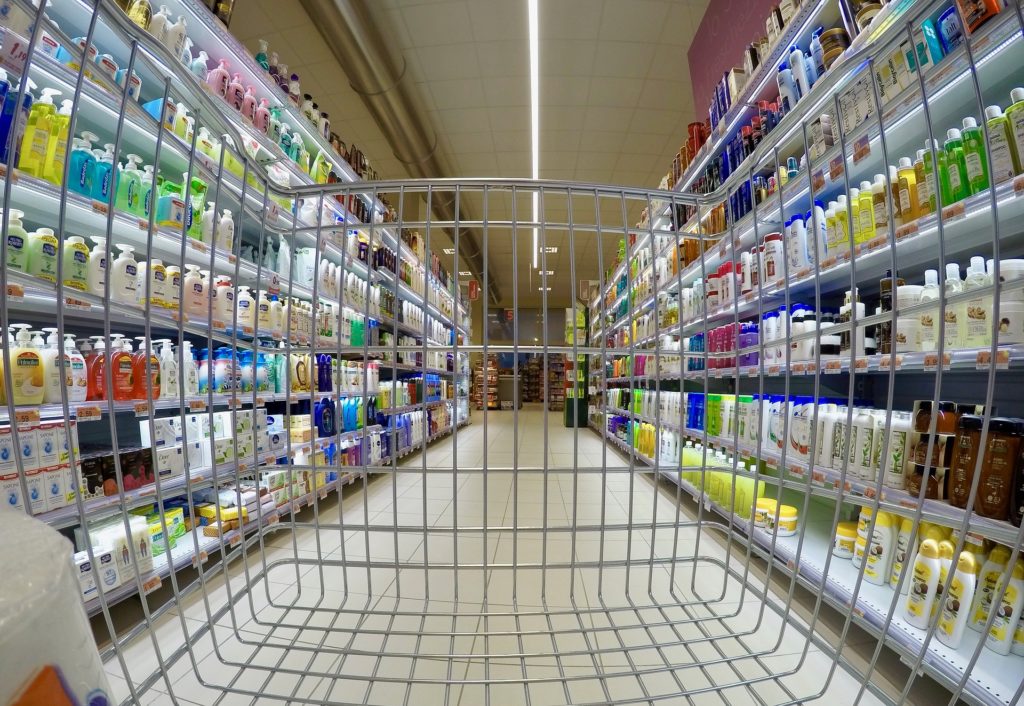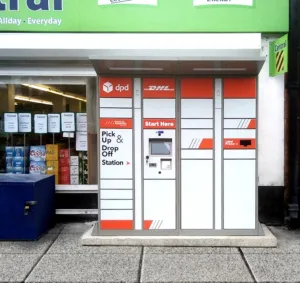By George Vann, Head of Ingenuity North + John Schumacher, Managing Director of Future Factory North
The grocery industry is a dynamic and challenging landscape, shaped by shifting consumer behaviours and economic conditions. Consumers are more aware of their spending than ever, and brands must not only understand this, but provide solutions which align with these new-found behaviours.
In our line of work, we see a lot of FMCG brands – and we have the opportunity to compare the ones that are doing it brilliantly, and others that are finding it a little harder to navigate choppy waters. There’s some commonality between the former, and these are often simple little things that other brands could learn and borrow from quite easily.
Because ultimately, to succeed in this ever-evolving environment, brands must employ strategic approaches that put the focus on delivering exceptional experiences to shoppers.
Below, we explore practical strategies for brands to navigate the current economic climate and achieve success in the grocery market.
Giving consumers an outstanding experience
As the cost-of-living crisis rages on and we all continue to feel the pinch, consumers are having to make more cost-savvy decisions when it comes to their grocery shopping. And research shows that these habitual changes are here to stay – what started out as a mere adaptation has now become an evolution. For brands to continue to maintain strong relationships with loyal consumers, they must demonstrate enhanced value for money and a real understanding of consumers. Brands must be agile and adapt to shifting behaviours, such as more frequent, smaller shopping trips (the Big Shop isn’t a reality for many consumers) and the popularity of discount stores like Lidl and Aldi. By staying attuned to these market developments, brands can tailor their offerings to meet evolving consumer expectations.
For example, Sainsbury’s Nectar Points were always integral to its entire business model and brand, but the more recent roll-out of Nectar Prices has incentivised the scheme further and breathed life into a well-established campaign.
Fostering innovation for brand growth
Another way in which brands can thrive in today’s marketplace is to explore new channels and platforms which allows them to engage with consumers effectively. Understanding the preferences of Gen Z (and before you know it, Gen Alpha), such as their affinity for platforms like TikTok or their desire for sustainable options, opens doors to really engage these audiences in the right way. By investing in creative initiatives that enhance shopping experience, brands can provide added value to consumers.
A great use of innovation comes from mochi brand, Little Moons. Using TikTok, the brand was able to connect with its Gen Z audience, supercharging growth and sales, particularly by leveraging during the 2021 lockdowns. Being playful, throwing out the rulebook, and taking risks are key ways to connect with a younger audience.
Forming strategic alliances with complementary brands can also allow companies to expand their reach and drive growth. Partnering with other brands allows for shared resources, expanded consumer bases, and the ability to offer unique experiences or bundled offerings that attract shoppers.
Selfridges’ partnership with Yayio Kusama was a great example of a strategic partnership to attract shoppers. By transforming the exterior and interior of the store, Selfridges was able to inject Kusama’s playful nature into the customer-experience.
Brands can also differentiate themselves by developing creative initiatives that provide added value to consumers. This might include offering recipe cards, tip cards, or other educational materials that enhance the shopping experience. Startups, in particular, have the advantage of being nimble on this front, and can experiment with innovative approaches on a smaller scale before scaling up.
A greener future
Consumers increasingly value sustainability, but brands need to balance this with affordability. By adopting sustainable practices and communicating these efforts transparently, brands can appeal to environmentally conscious shoppers while also meeting price expectations. There may be an element of trial and error with this approach, and of course scaling up can lead to sustainability issues, but by being purpose-led and keeping core sustainability values at the heart of your brand, you can drive sales in a sincere and reliable manner. There’s room for negotiation on this right now, but increasingly, brands are being held to account over their green credentials. To anyone that has the scope to be agile and build better practices, our advice is that the time is nigh.
Absolut Vodka is a brand that shows willingness to innovate and is not afraid of failing when it comes to its sustainability efforts. The brand recently launched a new 100% bio-based paper bottle which aims to support its wider ambition to become carbon neutral by 2030. Not only does this align with Absolut’s sustainability goals, but also its general brand – the lighter, easier to carry design aims to make the brand popular for out-of-home occasions,
In this challenging environment for grocery, brands must adapt and innovate in order to thrive. By prioritising outstanding consumer experiences, understanding shifting shopper behaviour, and demonstrating value, brands can build loyalty and drive growth.
Embracing new channels, forming strategic partnerships, investing in creativity, and responsibly addressing sustainability are key strategies for brands to navigate this competitive landscape successfully. By employing these tactics, brands can unlock the door to grocery growth and secure a prominent position in the market.










